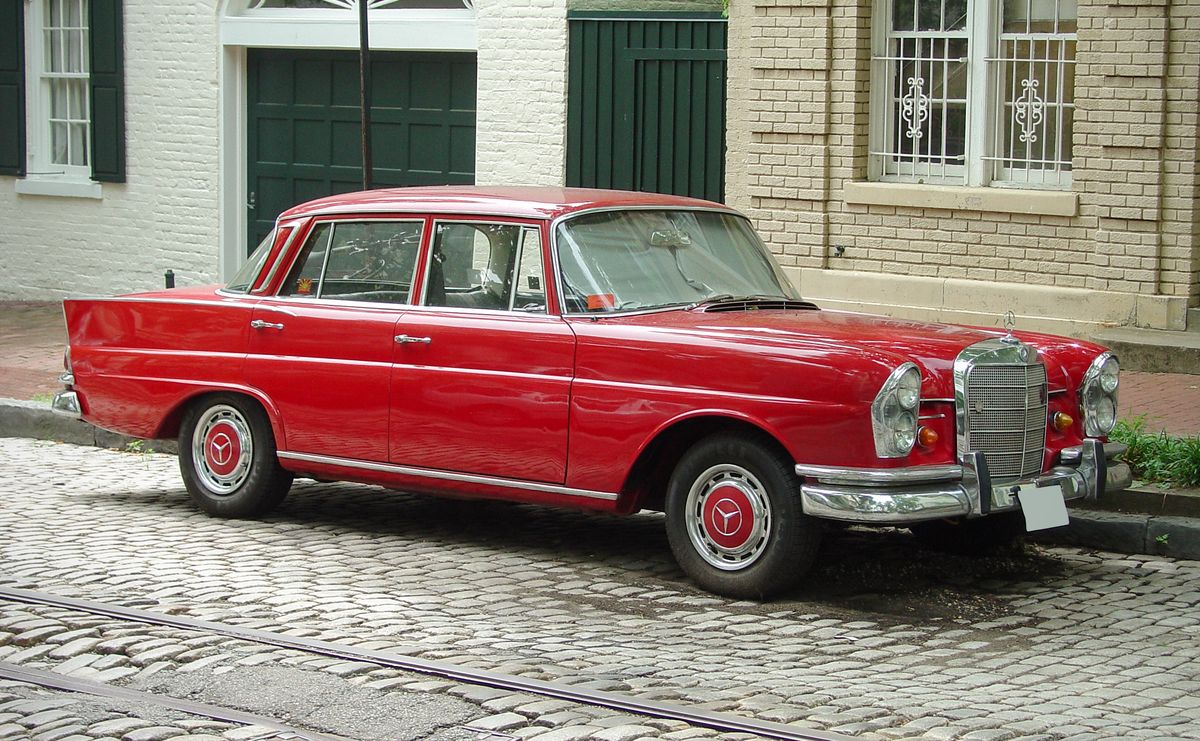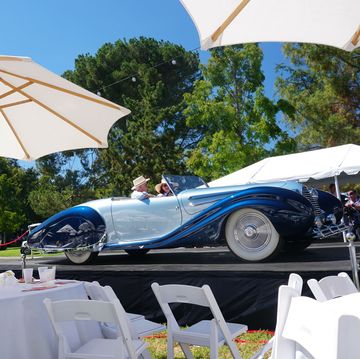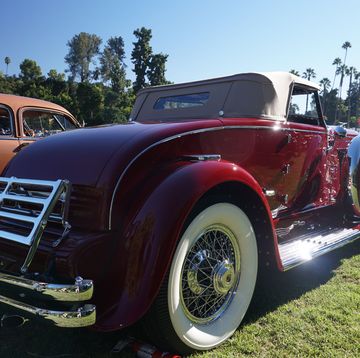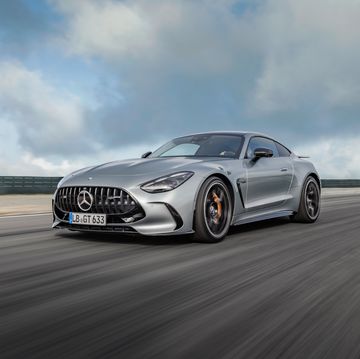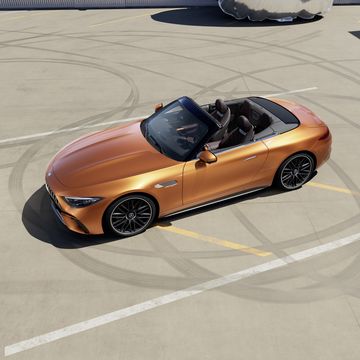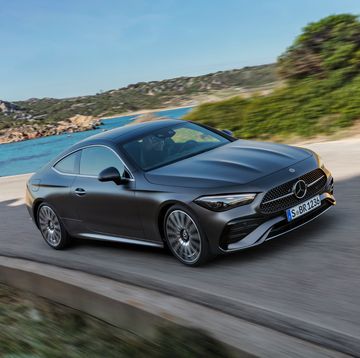There are still plenty of W126 Mercedes-Benz sedans in daily use, and finding them on the road doesn't take much effort. But what about a much older Mercedes sedan as a daily driver, and not just as a summer car but year-rounder?
The W111-generation Mercedes-Benz 230S, seen in these photos, is not only a summer car but also isn't afraid of some light snow as well as big city traffic. Something of a local automotive legend in Washington's Georgetown neighborhood, this Heckflosse, or "fintail" sedan also sported a color we rarely see on Mercedes sedan models of this vintage.
Produced between 1959 and 1968, the six-cylinder 230S W111-generation sedan was the more luxurious flavor of the similar but four-cylindered 200 and 200D gas and diesel twins, and featured a double vertical headlight fascia compared to single units on the more affordable models. In fact, the 230S was merely the middle offering of the W111 lineup, positioned below the six-cylinder 300SE and its long-wheelbase variant. Far above them all, but still below the Pullman, was the Mercedes 600 sedan playing the role of the plutobarge.
Of course, this also means that while the 280SE coupes and 300SE sedans were sometimes preserved, later receiving concours restorations, the lower-ranked models were seldom given such treatment. And quite of few of them had departed by the time the still-ubiquitous W123 arrived on the scene.
Still, the 230S offered such amenities as an automatic transmission, front disc brakes and drums out back, along with a four-wheel independent suspension. This was also a time when the badge actually denoted the displacement, so a 2.3-liter six-cylinder good for 120 hp could be found underhood. (Isn't it nice how that system worked?)
Roomy and rugged, the W111 sedans received lavish compliments in ad copy of the time.
"The dream of men in every age has been of motorized movement. Many experiments have been undertaken seeking to realize this dream," automaker brochures of the time whispered. "Mercedes-Benz, the world's oldest automobile manufacturer, accomplished this feat. We build cars for our time. The result of these efforts is the Mercedes-Benz 230S."
The W111 range may have offered quite a bit to car shoppers of the time, but one item the lineup did not offer was a station wagon. In fact it wasn't until the debut of the W123 over a decade later that Mercedes even offered a factory longroof. But in the case of the W111, a number of coach builders, including Universal, made the conversion fairly close to a mass-market option. At least to those who had money left over after buying a 230S.
The W111 sedans that were replaced by the W108 and the W116 in later decades may have long faded from our streets, with this example being one of the few daily driver holdouts, but will the same fate one day befall the indestructible W126 of the 1980s?
We certainly hope not.
Have you seen one of these on the road or at car shows in the recent past, or did you know anyone who had one? Let us know in the comments below.

Jay Ramey grew up around very strange European cars, and instead of seeking out something reliable and comfortable for his own personal use he has been drawn to the more adventurous side of the dependability spectrum. Despite being followed around by French cars for the past decade, he has somehow been able to avoid Citroën ownership, judging them too commonplace, and is currently looking at cars from the former Czechoslovakia. Jay has been with Autoweek since 2013.
